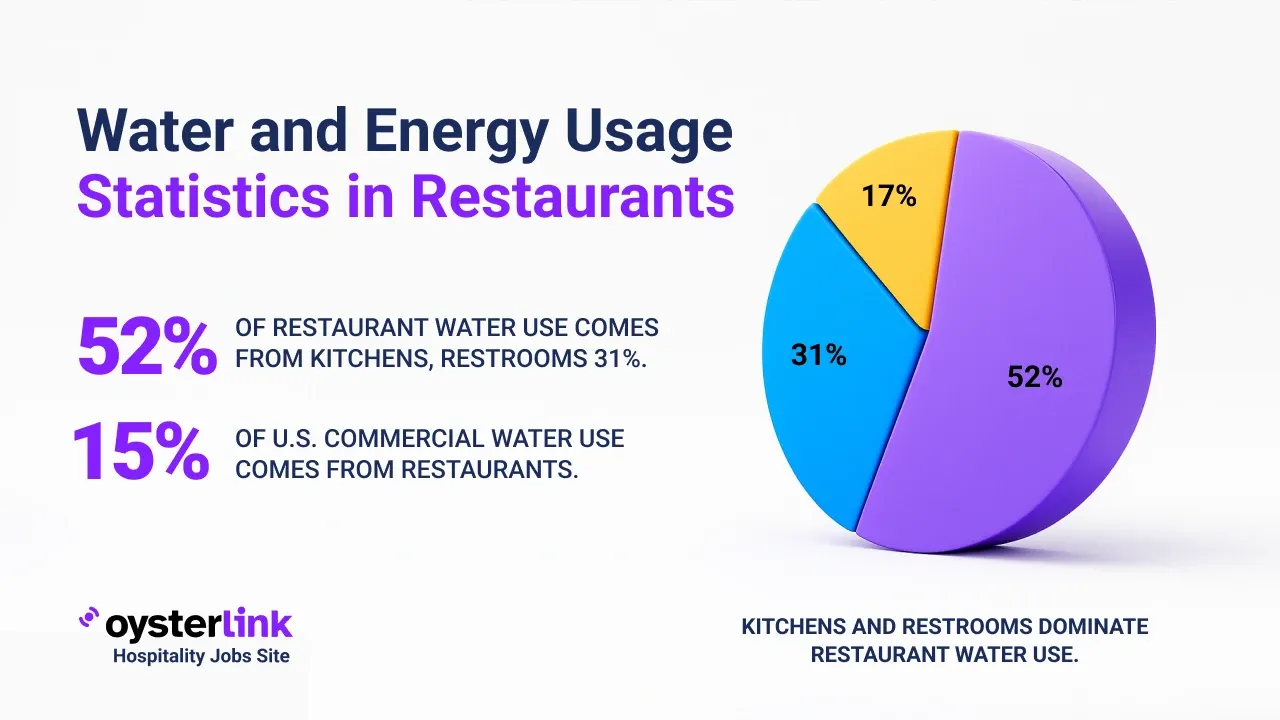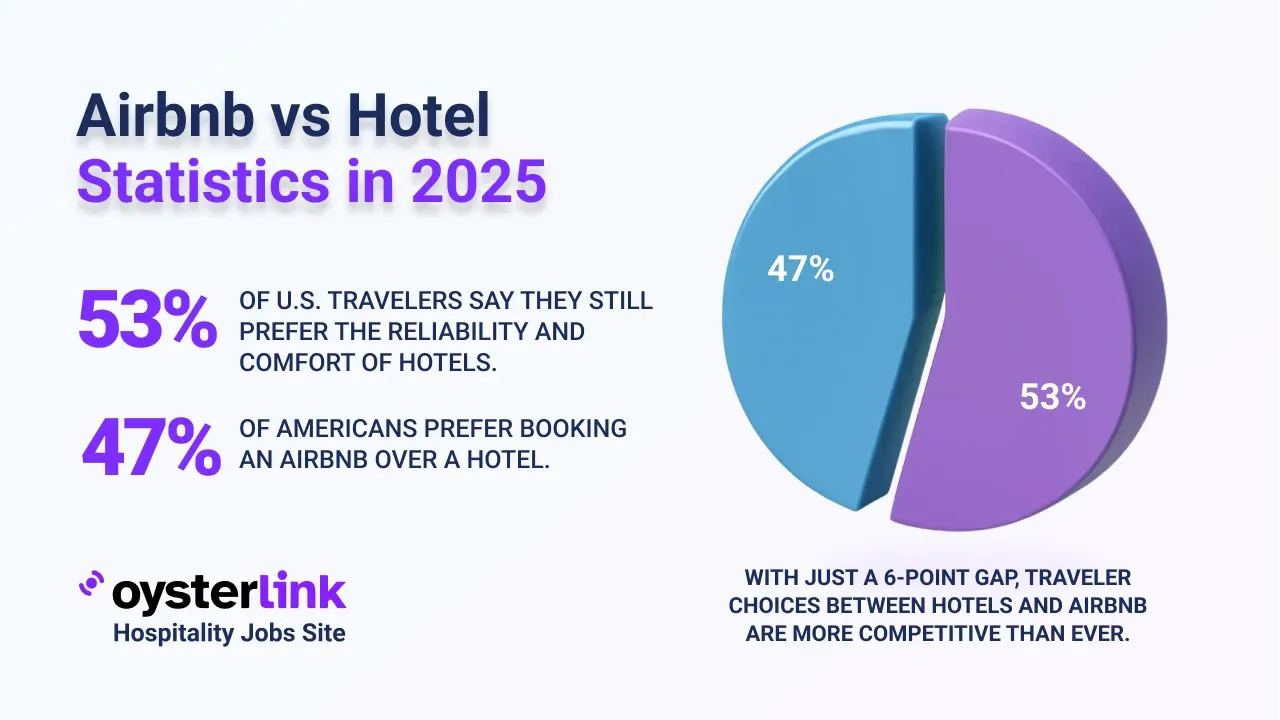Connecticut Cost of Living: Quick Takeaways
- Housing Costs: Rent for a one-bedroom apartment has increased steadily to about $1,700 in 2025.
- Transportation Expenses: Public transit fares average around $2.00 per ride, with monthly passes at approximately $70.00.
- Healthcare Costs: Employer-sponsored health insurance averages about $123.25 monthly, while Silver plan premiums are near $627.00 monthly.
- Income Levels: Median household income has risen to around $95,000 in 2025.
Connecticut offers a diverse economic landscape with high-quality amenities and services. Understanding its cost structure is vital for residents and prospective movers.
This article provides a detailed breakdown of factors affecting the cost of living in Connecticut for 2025, including housing, utilities, transportation and more.
1. Housing Costs in Connecticut
Housing prices significantly shape Connecticut's cost of living. Below is a historical overview of average rents for a one-bedroom apartment:
- 2010: Approximately $1,000
- 2015: Around $1,200
- 2020: Nearly $1,400
- 2024: Rose to about $1,660
- 2025: Projected at $1,700
These figures demonstrate a consistent upward trend due to demand and economic factors.
For restaurant owners and hospitality employers in Connecticut, understanding the local cost of living is crucial when planning salary offers and retention strategies. Effective
employer branding in restaurant job postings can help attract candidates who are well informed about local expenses.
2. Homeownership and Real Estate Trends in Connecticut
Those aiming to purchase property should consider these median home price trends:
- 2010: Around $250,000
- 2015: Increased to $300,000
- 2020: About $350,000
- 2024: Reached approximately $362,100
- 2025: Estimated at $370,000
The steady growth reflects Connecticut's real estate market stability and evolving housing demand.
3. Transportation Expenses in Connecticut
Transportation costs vary across different modes in Connecticut:
- Public Transit: One-way fares average $2.00 with monthly passes costing about $70.00
- Fuel Prices: Gasoline costs hover around $3.56 per gallon
- Vehicle Maintenance: Annual expenses average near $1,100
These transportation factors influence the overall budget of commuters and drivers alike.
4. Utility Costs in Connecticut
Typical monthly utility expenses for an average household include:
- Electricity: Approximately $176.10
- Internet: Around $60.00
- Total Utilities: Close to $236.10 monthly
Utility expenses are affected by consumption habits and service provider pricing.
5. Grocery and Food Expenses in Connecticut
Food costs maintain a level slightly above national average, with monthly grocery expenses estimated at $265.90 per person.
Dining options vary considerably: casual meals typically cost around $15, whereas mid-range restaurant meals can reach up to $50.
These figures are important for restaurant managers to consider when setting menu prices and wages. To optimize operations and reduce costs, consider exploring strategies discussed in our restaurant management styles spotlight.
6. Healthcare Costs in Connecticut
Healthcare expenditures include insurance and out-of-pocket costs. Employer-sponsored plans average near $123.25 monthly, while Silver health insurance plan premiums are approximately $627.00 monthly.
7. Educational Expenses in Connecticut
Education expenses are as follows:
- Public Schools: No direct tuition fees
- Private Schools: Average tuition about $20,000 annually
- In-State University Tuition: Approximately $15,000 per year
Choosing between these options depends on personal preferences and financial budgets.
8. Entertainment and Leisure in Connecticut
Leisure activities and entertainment contribute to lifestyle costs:
- Movie Tickets: Around $14 each
- Gym Memberships: Average $50 per month
- Mid-Range Restaurant Meals: Typically $50 per meal
- Annual Entertainment Spending: Estimated at $2,500
Personal care services average $800 annually, with miscellaneous goods and services costing roughly $700 per year, impacting residents’ discretionary income.
For hospitality businesses, investing in training to improve employee engagement can help manage costs and improve customer experience. Our restaurant server training guide offers practical advice on this topic.
9. Taxes and Miscellaneous Fees in Connecticut
Understanding taxes is critical:
- State Income Tax: Ranges from 3% to 6.99%
- Sales Tax: 6.35% statewide
- Property Tax: Averaging about 1.79%
These levies influence both resident expenses and business costs.
10. Childcare and Family Expenses in Connecticut
Families should consider these childcare costs:
- Daycare: Approximately $1,200 per month
- After-School Programs: Near $400 monthly
- Extracurricular Activities: About $150 monthly
Family budgeting should incorporate these recurring expenses.
11. Clothing and Personal Care in Connecticut
Typical personal expenses include:
- Clothing: Around $120 spent monthly
- Personal Care Products and Services: Estimated $60 per month
These costs can fluctuate based on lifestyle choices and economic conditions.
12. Insurance Costs in Connecticut
Insurance premiums impact household budgets:
- Health Insurance: Average monthly cost about $627
- Auto Insurance: Annual premium near $1,500
- Homeowners Insurance: Roughly $1,200 per year
- Renters Insurance: Approximately $180 annually
Insurance coverage is vital for financial security against various risks.
13. Miscellaneous Expenses in Connecticut
Additionally, residents encounter various other costs annually:
- Entertainment & Recreation: Around $2,500
- Personal Care Services: Approximately $800
- Miscellaneous Goods & Services: Near $700
These expenses contribute to the overall cost of maintaining a quality lifestyle.
14. Income and Salaries in Connecticut
Income trends indicate growing earning power:
- 2010: Median household income about $65,000
- 2015: Increased to $70,000
- 2020: Rose to $75,000
- 2023: Near $93,760
- 2025: Estimated at $95,000
Higher incomes reflect economic development and cost-of-living pressures.
When hiring hospitality staff, offering competitive salaries aligned with Connecticut's cost of living is essential. Explore our salary tips for restaurant job postings to attract the best candidates.
15. Comparison with National Averages
Comparative data show Connecticut's cost deviations:
- Overall Cost of Living: Approximately 13% higher than national average
- Housing: Around 19% more expensive
- Utilities: Significantly higher by 36%
- Food: About 3% above average
- Healthcare: Roughly 9% higher
- Transportation: Around 5% above average
- Goods and Services: Approximately 10% more costly
These metrics help contextualize Connecticut's affordability relative to the broader United States.
Our Methodology for Connecticut Cost of Living Figures
We gather data from reputable sources including government databases, cost calculators, real estate listings and healthcare statistics. When precise data is unavailable, estimates based on trends are used to ensure accuracy. This approach aims to present reliable cost of living information for Connecticut residents and interested parties.
Connecticut Cost of Living: Conclusion
Connecticut's cost of living in 2025 reflects a state with higher than average expenses across multiple categories, notably housing, utilities and healthcare. Income levels have increased to somewhat offset these costs but budgeting remains important.
Residents enjoy diverse amenities and services, balanced by elevated taxes and daily expenses. Understanding these factors is essential for making informed financial decisions about living in Connecticut today and in the future.
Careful planning helps both current and potential residents navigate the financial realities of life in this northeastern state to maintain a desirable quality of life.
For those looking to build a career in the hospitality industry within Connecticut, consider exploring career overviews and interview tips for specific roles such as bartender and restaurant manager. Additionally, our guide to hiring restaurant staff fast offers valuable advice to employers aiming to navigate the challenges of Connecticut's labor market.

.webp)
.webp)

